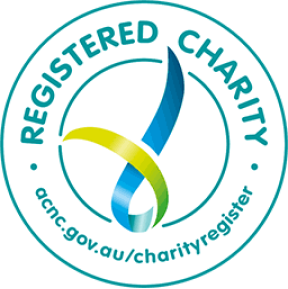The highlight of his career – Rhys Williams

In a career full of highs, the absolute pinnacle for Rhys Williams is the day the Flinders Centre in Innovation in Cancer (FCIC) went from concept to completion.
Although he was overseas on that autumn day in 2012 when South Australia’s first comprehensive cancer centre finally opened its doors after 13+ years in the making, his imprint is deeply entrenched in the very fibre of the building.
“When I came back from my trip I went to visit somebody at the Centre, I stood near the lift and I saw my name on a plaque on the ground floor,” Dr Williams, who now works as a research data specialist at the Australian Research Data Commons, says.
“I started to tear up because I had no idea they were going to do that. I felt incredibly proud.
“The FCIC project, its vision and development, is the highlight of my career and I'm 60 now. Nothing will top it.”
A stalwart of health and medical research at Flinders for nearly 20 years on-and-off, Dr Williams was among the handful of early individuals responsible for the Centre’s creation.
“I was actually involved right from the very beginning, writing funding proposals to the Federal Government saying, ‘here's the vision, here's why we want you to be engaged’.
“Flinders Foundation, of course, was already fundraising for it at that stage. When we finally got our funding, I was involved in all the design stage meetings. I think I went into every single meeting that involved the architects and somebody. So if the architects were meeting with the administrative people or the clinicians or the researchers, I went to all of those meetings.”
Since then, Dr Williams has been involved in the design of SAHMRI and the UniSA Cancer Research Institute on North Terrace – two feats he credits to his time at Flinders.
“Because of my experience and involvement in the FCIC I got to be involved in designing two other major research buildings in town, which was fantastic.”
Making frenemies
In the design phase Dr Williams says one of the most important – and equally contentious – aspects was the office space.
“I was an advocate for the open plan office, which made me a few enemies, I think, along the way.
“The notion, and I and can take some of the blame for this, was that we wouldn’t have closed offices because we wanted people to interact.
“People like Chris Karapetis, a clinician, he sat in the open plan office and next to him was a researcher – not a clinician, not an oncologist or one of his colleagues but a researcher. And across the desk from him was a PhD student or a research assistant working on something different.
“The point was they were all in the same space. They saw Chris coming and going, as he was going to clinics, he saw the researchers coming and going in and out of the lab.
“Putting those people together in that sort of environment, you can't help but have them talk to each other, interact with each other, learn from each other.
“When you put really smart people from different perspectives in the same place together, good things happen.
“In some ways the fact the FCIC is smaller than centres in other places is a good thing. It's not so big that staff can’t interact with each other. It's the smaller scale that actually helps to build a sense of community amongst the people who live in it.”
Bidding wars
In the many years of lobbying that went on before the first sod was turned in 2010, Dr Williams says he strongly recalls the unwavering determination from Flinders Foundation Chairman Alan Young and then CEO, Deborah Heithersay.
“Alan and Deb were both passionate about the Centre and they never, ever gave up. The Foundation was always faithful to the vision and always looking for ways to make it work.
“Even after the FCIC was built, they said we want to support the wellness side of things, and put more resources into patient wellbeing and care.
“It wouldn't have happened without the Foundation and that's not just the four walls – they continue to have the vision.”
Having attended “probably 20” Foundation gala balls, he was always amazed at the breadth and depth of support for the Centre.
“I remember bidding against Alan Young, which is always a silly idea, for a painting which hangs on his boardroom wall now.
“What struck me at those events was the generosity of all the people who would come to the balls, bid big and dig deep – and continue to contribute. The Pink Yellow Blue Balls are still a massive success.
“I remember going to the balls and hearing Alan say ‘we're going to build this thing, isn't that great’. And then when we finally built it, ‘here it is, and here's what we're going to do next’.”
Bench to bedside
Together with compassionate patient care and a focus on early intervention, prevention and survivorship, Dr Williams – who has a PhD in molecular biology and a background in childhood leukemia research – says the Centre’s translational research outcomes are what sets it apart.
“The clinicians love it, and clinicians are hard people to please because they're really focused on the best care and outcomes for their patients.
“But the research side is really important too. You can do lots of research and it can be theoretical and it can be wonderful and you can get lots of publications and become famous in your field.
“But to me, the most important thing is how that research gets used.
“The Centre creates a perfect environment in which you can translate it because the researchers are literally just across the corridor from patients who are potentially receiving care and using the treatments that the researchers worked on a few years ago.
“That was always the vision of the place 10 years ago, and today it’s very much a place where research translation happens.”
More stories about
Keep up to date
Subscribe to our newsletter to receive information on our latest news and events

















